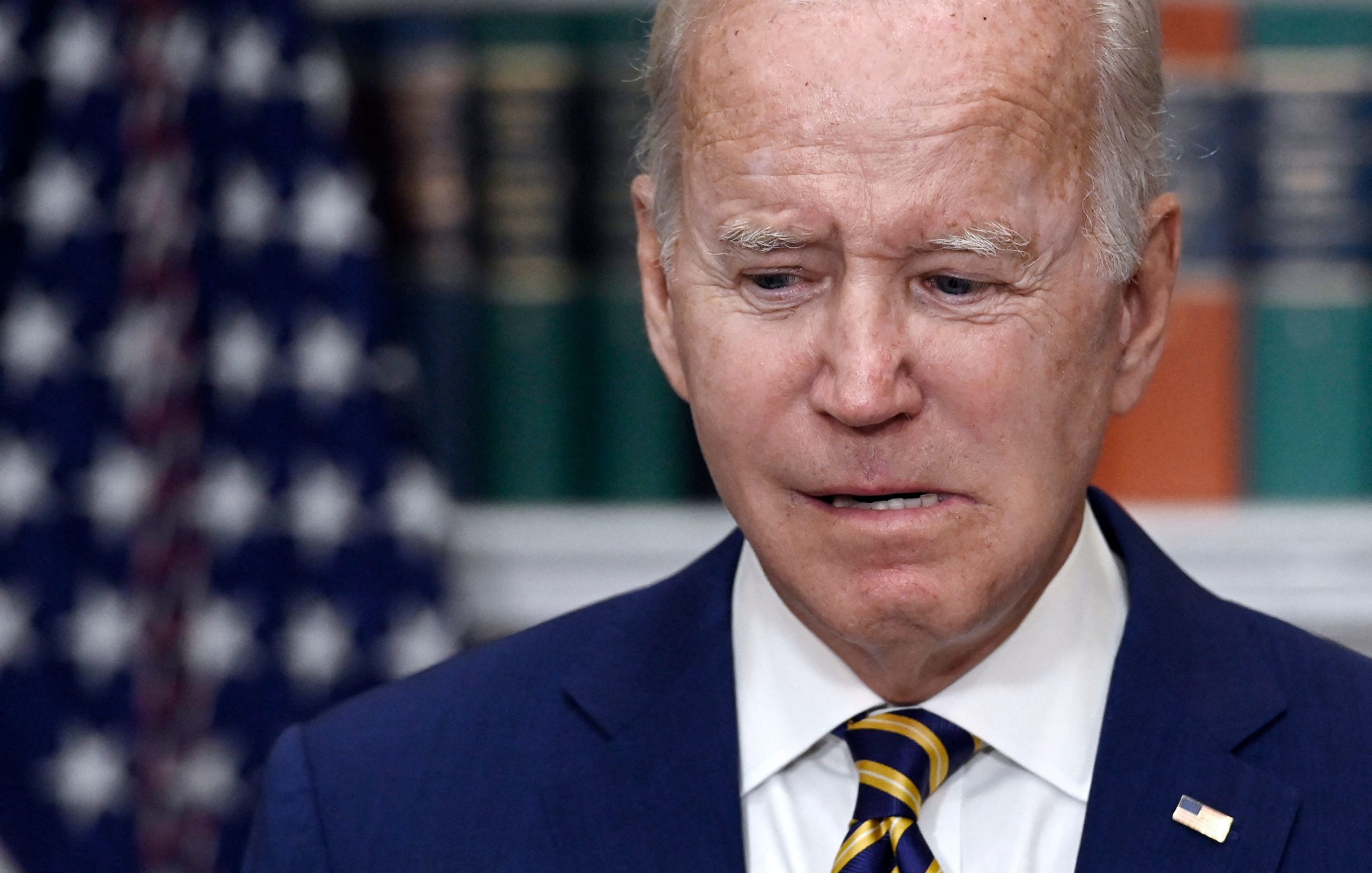The Winners and Losers of Student Loan Cancellation
Contrary to the claims of its supporters, most benefits will go to middle- and high-income borrowers.

President Biden recently announced that he will cancel federal student loan debt owed by millions of Americans via executive order. Biden said this program will “help America win the economic competition of the 21st century.”
Despite the positive spin from politicians, there are many problems with the Biden plan. Student loan cancellation is a simple transfer program that gives money to a small group of borrowers at the expense of all American taxpayers. Contrary to the claims of its supporters, most benefits will go to middle- and high-income borrowers. Cancellation may encourage students to borrow more than they can afford with the knowledge that those loans may never need to be repaid.
According to the initial details, the plan would cancel up to $10,000 for student borrowers and $20,000 for low-income borrowers who received Pell Grants. The program would be limited to individuals with incomes less than $125,000 ($250,000 for couples), which is over 3.5 times the national median income. Estimates from the Penn Wharton Budget Model put the total cost of the program at around $300 billion.
In addition, loan cancellation will also be available to some parents who borrowed through the Parent Plus program. It would lower the costs for borrowers who chose income-based repayment plans and expand the Public Service Loan Forgiveness Program. The post-Covid freeze on all federal student loan payments will also be extended.
Critics have pointed out many disadvantages to student loan cancellation, especially when conducted by executive order.
Canceling federal student debt does not eliminate the debt. It merely passes the costs to taxpayers. It’s a wasteful, inefficient way to subsidize low-income borrowers. Of course, paying them subsidies directly would require Congressional approval, which is presumably why Biden has chosen to conduct this action by executive order.
The precedent of cancellation by executive order also creates perverse incentives for future borrowers, who might now expect their debts will eventually be forgiven as well. They may respond by borrowing more and pursuing less productive majors. They will be more reluctant to pay back their loans quickly even when they are capable, as doing so would eliminate the potential benefit should calls for forgiving student loans succeed again.
Supporters of loan cancellation claim the plan will benefit low-income borrowers and “help narrow the racial wealth gap.” However, research by the Federal Reserve Bank of New York found that disproportionately small amounts would go to minority or low-income borrowers. Their study shows that about 65 percent or more of the benefits of loan cancellation would go to middle- or high-income borrowers (although the analysis did not include the higher limits for Pell Grant recipients). While 54 percent of student debt is held by white borrowers, the New York Fed found that white borrowers would receive more than 60 percent of the benefits from loan cancellation.
It is not clear that the president has the legal authority to cancel federal loans by executive order. Biden himself had previously said, “I don’t think I have the authority to do it.” Canceling debts is functionally equivalent to writing checks to the borrowers. Federal spending must be approved by Congress. This will likely be the basis for imminent legal challenges.
Finally, canceling student debt is unlikely to have positive benefits for the economy. Some claim that eliminating debt will boost economic activity by freeing up borrowers to spend more. To compensate for the lost revenue of loan repayments, however, the federal government will have to issue more debt, which will crowd out private investment spending. The net effect on spending will be small and possibly negative. Even if the effect on spending is large and positive, the effect on output will likely be small. Jason Furman, who served as chair of the Council of Economic Advisors under President Obama, believes it will mostly serve to drive up prices.
Politicians on the left claim that student loans are bad for minorities and students from low-income backgrounds and that loan cancellation is the only solution. Sen. Richard Durbin, for example, said that “federal student loan debt weighs down American families and disproportionately burdens Black and Latinx households.” Sen. Elizabeth Warren added that “even before the pandemic the student loan debt crisis was already crushing millions of Americans.”
Subscribe Today
Get daily emails in your inbox
Do these politicians really believe student loans “weigh down” borrowers and are “crushing millions of Americans?” If so, then why is the federal government involved with creating student loans? Why continue to subsidize student lending that encourages massive debts for minority and low-income borrowers?
Of course, it’s unlikely that politicians actually believe lending to students is evil. They just know that voters on the left are likely to benefit from this program. They want to provide benefits to their constituents, even at the expense of American taxpayers.
Student loan cancellation is a political gimmick that benefits the political left while harming most Americans and discouraging future students from managing their finances responsibly.
Comments